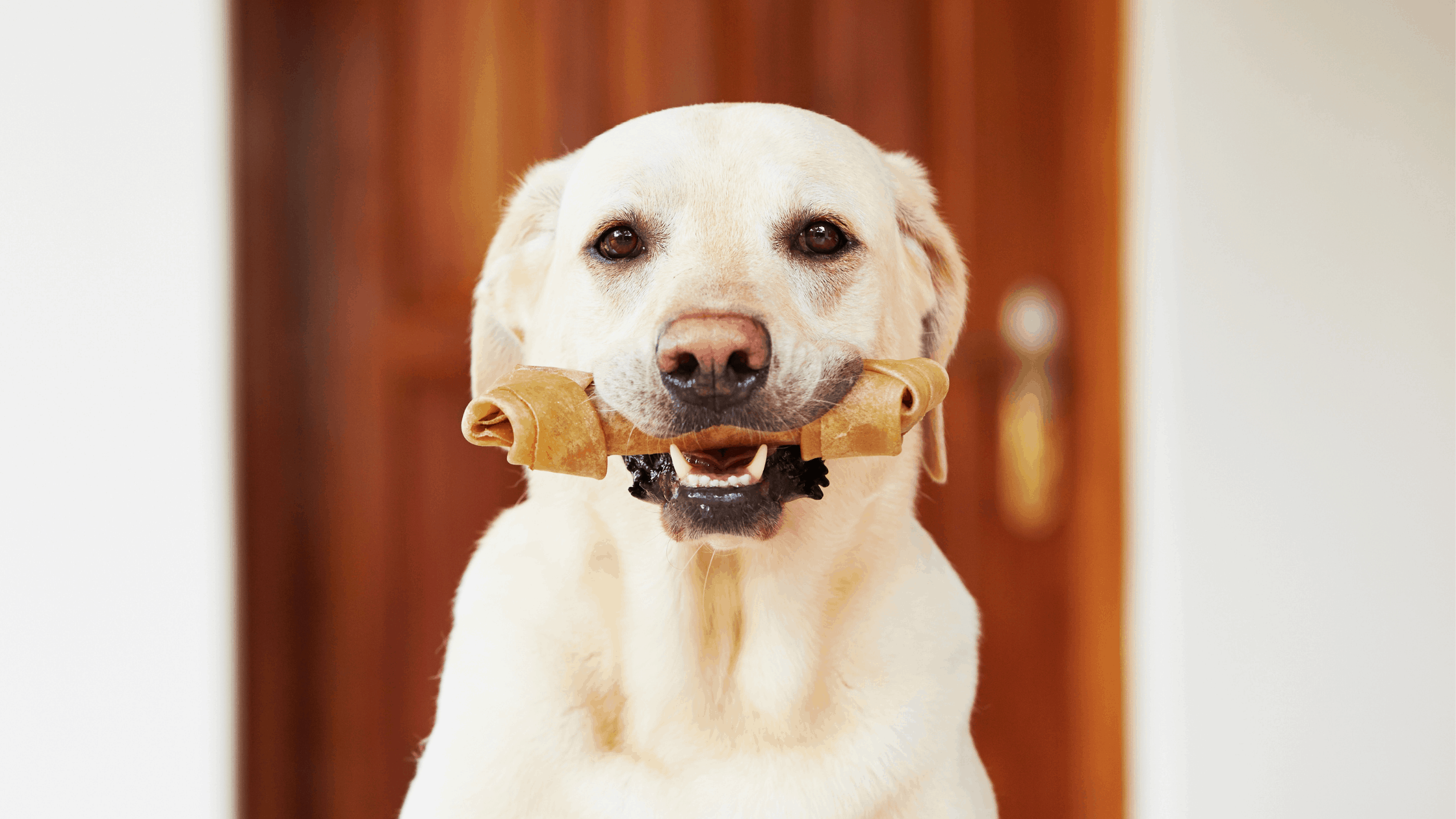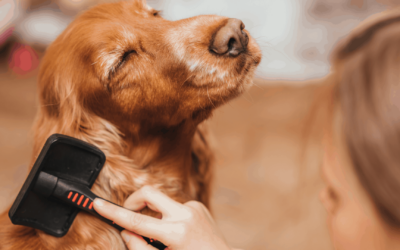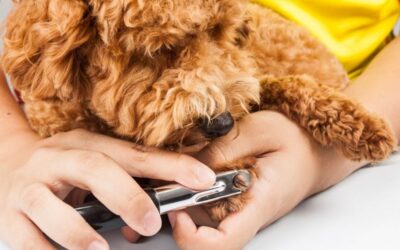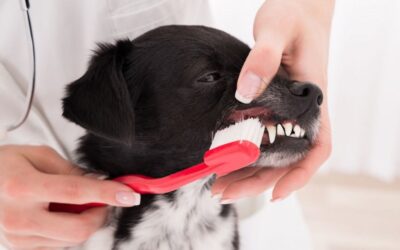Best Practices for Keeping Your Dog’s Teeth Clean

Regular dental cleanings are important to your dog’s overall health. If bacteria have free rein in your dog’s mouth, it could lead to gum disease, bone loss, problems with eating, and weight loss. Caring for your dog’s dental health doesn’t have to be a stressful experience for you or your furry best friend. Here are the best ways to keep your dog’s teeth clean – both professionally and at home.
How Often Should Your Dog Get a Professional Teeth Cleaning?
Adult dogs should get professional dental cleanings at least once a year from their vet. This will keep bacteria at bay and allow early detection of gum or tooth root problems. Small adult dogs may need teeth cleanings from the vet more often – around every six months. It’s always best to discuss with your veterinarian to determine how often your dog should have a professional tooth cleaning.
What Are the Average Costs of Dental Cleanings for Dogs?
How much a professional dog dental cleaning costs depends on a number of various factors, including:
- The type of procedure performed
- The time it takes to complete the procedure
- The region of the country you live in
- The severity of the dental disease
- Whether your dog needs a simple cleaning
- Whether a tooth needs to be extracted
PetMD stated that dental cleanings could cost an average of $500 – $1,000, but dog owners shouldn’t be surprised if they have to pay upwards of $2,000 – $3,000 for canine dental procedures. What’s the cause of these high dental costs? X-rays and anesthesia. X-rays are necessary for determining the severity of periodontal diseases and for checking the health of the teeth below the gumline. PetMD states that dog owners should always discuss with their veterinarian what a dental procedure will entail.
How to Clean Your Dog’s Teeth at Home
Between regular dental cleanings at the vet, it’s important to keep your dog’s teeth clean at home. With several options for daily maintenance at home, keeping your furry friend’s teeth clean is a cinch.

Doggy Toothbrushes and Toothpaste
One of the best options for cleaning your furry friend’s teeth at home is using a dog toothbrush and toothpaste. Just like with humans, daily teeth brushing is paramount to excellent oral health. If you don’t have the time to brush your dog’s teeth every day, you can still establish a regular toothbrushing routine – anywhere from every other day to once a week. Be sure to use a toothpaste that has been made specifically for dogs. Because of its fluoride and xylitol, human toothpaste is toxic to dogs.
Remember to take it slow if you’re establishing a new toothbrushing routine with your pup. Allow your dog to get used to you gently holding his jaw and moving his lips. Introduce him to the toothbrush and toothpaste in a quiet, relaxed environment. Always listen to your dog’s signals and make teeth brushing a fun experience. A few minutes daily focused on cleaning your dog’s teeth can mean years of good overall health.
Dental Chews
All dogs love treats, which makes dental chews a fun and easy way to care for your furry friend’s teeth. An excellent supplement to professional cleanings, natural chews can remove plaque and tartar from your dog’s teeth. If you want to incorporate dental chews into your dog’s oral care, check with your veterinarian to make sure the dental chew is okay for your dog and never leave him alone with the chew.
Chew Toys
Does your dog have a basket overflowing with toys? If so, you may already have a tool handy that’ll help you keep your dog’s teeth clean. Chew toys made of plastic, nylon, rawhide, or rubber can naturally scrape plaque off of teeth. Plus, it keeps boredom at bay and a troublesome pup occupied.
Symptoms of Canine Tartar and Periodontal Disease
Plaque builds up on your dog’s teeth due to several types of bacteria. These bacteria then cause tartar and periodontal disease.

If you’re worried your pup may be suffering from tartar or gum disease, look for one or more of these symptoms:
- Halitosis (or bad breath)
- Bleeding gums or bloody saliva
- Loose or falling out teeth
- Pain when chewing, a loss of appetite, or weight loss
- Red or swollen gums
- Pus in nasal discharge or in the gumline
- Lethargy
- Swelling under the eye
- Avoiding head touches
If your dog does have tartar or gum disease, speak with your veterinarian to determine which treatment option would be best. It may be a simple cleaning, or it could be a tooth extraction.
Dental Care Today for a Healthy Dog Tomorrow
Keeping up with your dog’s dental hygiene doesn’t have to be complex or frustrating. Simply implement a schedule for when you’ll clean your dog’s teeth at home and at the vet. By scheduling a yearly appointment with your vet and practicing at-home dental care, your dog’s teeth will be strong, healthy, and sparkly. If you have any questions about your dog’s specific dental care needs, consult your veterinarian to come up with a plan that keeps your furry friend’s teeth clean.
You can read more about pet insurance and dental care here.
Resources
- https://pets.webmd.com/dogs/features/dentistry-dogs
- https://www.akc.org/expert-advice/health/5-easy-ways-keep-dogs-teeth-clean/
- http://www.animalplanet.com/pets/healthy-pets/tips-for-brushing-your-dogs-teeth/
- https://wagwalking.com/wellness/how-often-should-you-get-your-dogs-teeth-cleaned-by-the-vet
- https://www.petmd.com/dog/care/how-much-does-dog-teeth-cleaning-cost
- https://wagwalking.com/condition/bacteria-plaque-and-tartar
- https://pets.webmd.com/dogs/features/perlis-gum-disease-dogs



